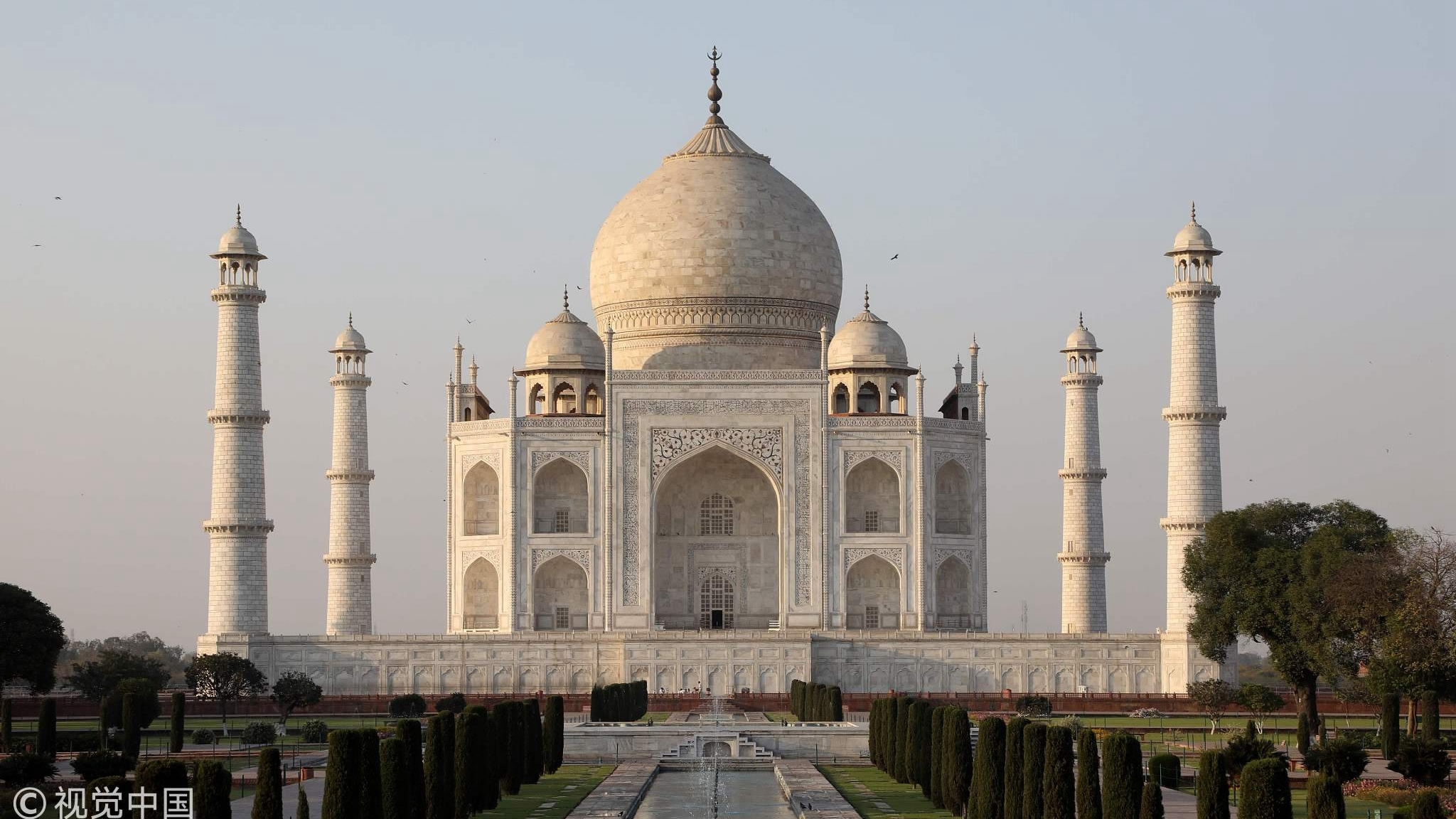
Tech & Sci
14:22, 03-May-2018
Iconic Taj Mahal is turning brown and green because of pollution
Alok Gupta

India’s top court has expressed displeasure over discoloration of the Taj Mahal, one of the new seven wonders of the world. In the recent months, the ivory white-marbled mausoleum is turning brown and green due to pollution.
Supreme Court (SC) justices Madan Lokur and Deepak Gupta during a hearing pulled up the government for not taking adequate measures to protect the site. Experts believe rising air pollution and severe contamination of a nearby river is discoloring Taj’s surface.
The iconic building included on the World Heritage List has been facing the aftermath of pollution since 1980’s. The court made ordered to shift foundries, refineries and brick kilns to ensure ambient air quality in the area. Earlier, experts had explained sulfur dioxide emitted by polluting unit caused acid rain leading to corrosion of Taj’s surface turning it yellow.
SC justices in a stern remark to government agencies involved in Taj's management said, "Earlier it was turning yellow, and now it is becoming brown and green. It is very serious. It seems you are helpless." They added, "Even if you have the expertise, you are not utilizing it. Or perhaps you don't care.”
MK Bhatnagar, superintending archaeologist, chemical, Archeological Survey of India (ASI), a government body responsible for maintaining heritage sites across the country told The Times of India, “Any efforts from our side (ASI) will not work unless we don’t deal with the source of pollution.”
A section of experts claim rising suspended particulate matter (SPM) in the air is turning the marbled brown. “Due to their abrasive nature, SPM can cause damage to exposed surfaces when they are driven by the wind at high velocities,” experts maintained.
Located on the south bank of Yamuna River, the mausoleum was built in the 17th century by the Mughal Emperor Shah Jahan in Agra. Experts believe the polluted river is attracting swarms of insects and also become a breeding ground for fungus. Insects leave behind their excreta over the monument turning the marble surface green.
ASI science branch has been using mud packs to clean the surface of Taj Mahal. The mud pack absorbs dirt, grease, insect and bird dropping giving a facelift to the monument.
The aging structure of Taj and a tough challenge to deal with pollution forced ASI to limit the number of tourists.
In 2012, ASI had commissioned the National Environmental Engineering and Research Institute (NEERI) to prepare a report on the monument's load-bearing capacity.
A proposal was mooted last month to limit the number of tourists visiting the Taj Mahal to 40,000 daily and put a three-hour cap on each ticket holder. Court’s next hearing on the case is on May 9.
[Top Image: Taj Mahal's surface is facing the aftermath of pollution since the 1980s. /VCG Photo]

SITEMAP
Copyright © 2018 CGTN. Beijing ICP prepared NO.16065310-3
Copyright © 2018 CGTN. Beijing ICP prepared NO.16065310-3